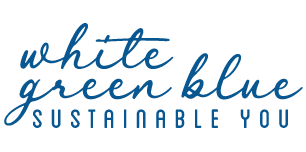Mangroves as Flood Protection
Storm damage and floods have increased over the last few years due to a myriad of factors. One of them is increased coastal development. We are quickly removing nature’s natural defenses against storms and floods. Mangroves act as nature’s first defense against storm surges and waves. They also protect estuaries and coastlines from erosion. These […]






